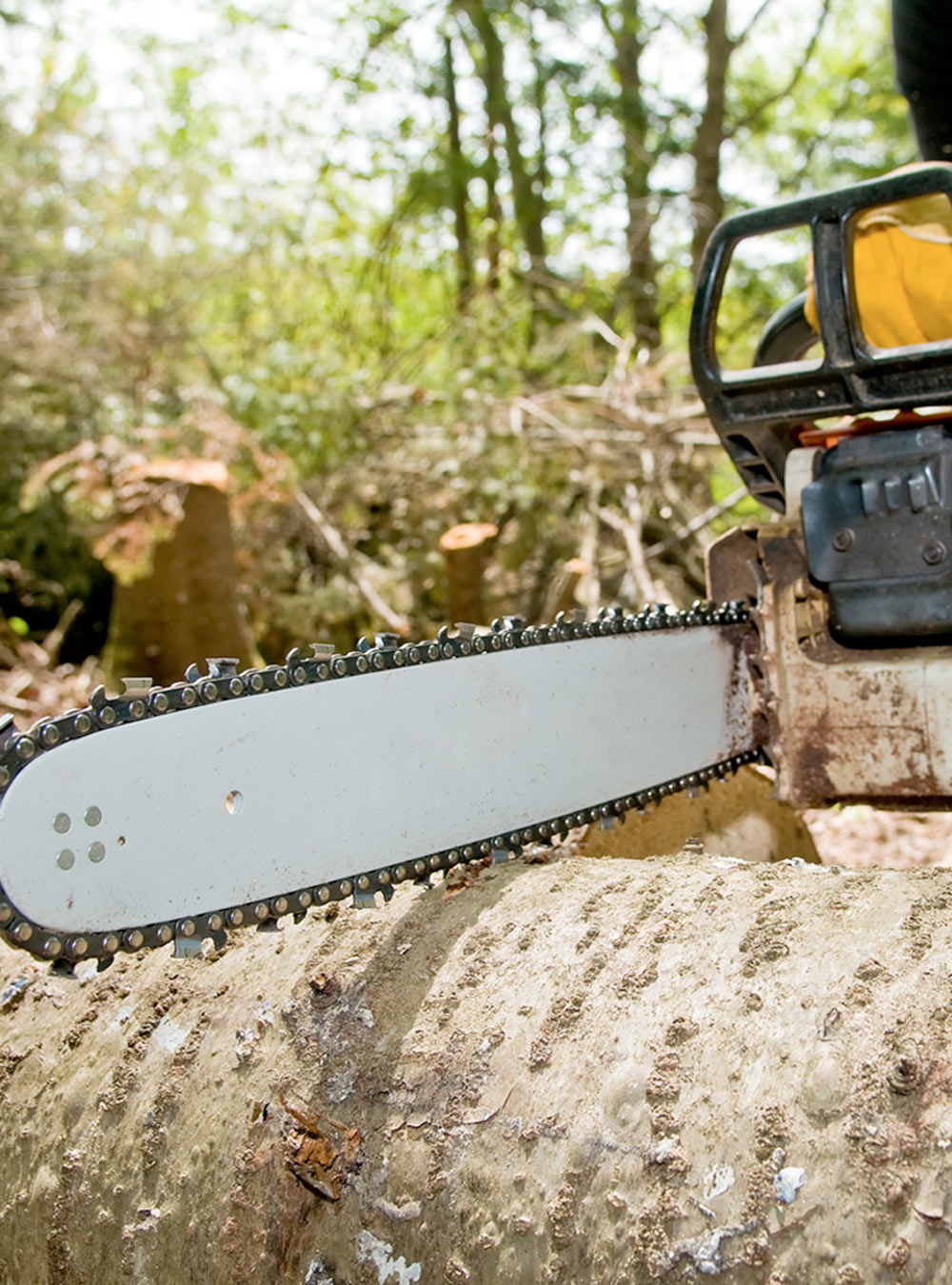Bagworms
This type of moth feeds on trees and can cause extensive damage if an infestation is left unaddressed.
CONTACT THE TREE CARE EXPERTS TODAYThis type of moth feeds on trees and can cause extensive damage if an infestation is left unaddressed.
CONTACT THE TREE CARE EXPERTS TODAYCALL FOR A FREE ESTIMATE: 636-391-9944 | 415 | | Fax: 636-391-9948
In most cases, you won’t be able to see the bagworm on its own, but the cocoons that bagworms make are highly visible and can grow up to two inches long. Throughout the fall, you may see these large bags made with parts of the tree and silk, each of which can contain as many as 1,000 eggs.
By late spring or during the early summer months, the eggs hatch and small black larvae will crawl from within. Each larva is only around two millimeters long and difficult to see with the naked eye. Their lightweight nature allows them to use silk as a means of travel to other trees, where they will build another nest.
The bagworm larvae will then spend the rest of the summer months in their bags until late in the season or early fall. At this time, you may be able to see adult males leaving their bags for mating season. Unlike larvae, adult bagworm moths are easy to spot at around an inch long and will appear ashy and black. Their wings, which are transparent, also stand apart from the opaque wings of other moth species.
You may find bagworms among many types of deciduous and coniferous trees, but they most frequently feed on juniper, cedar, arborvitae, and spruce trees. Bagworms will begin to cause damage to a tree as soon as they begin building their bag nests.
Damage can vary depending on the tree. For instance:
The damage that bagworms can cause is often serious, making it necessary to eliminate an infestation as soon as it’s discovered. The certified arborists at Omni Tree Service in St. Louis can get to work quickly to help get rid of the bagworm infestation.
Bagworm caterpillars tend to emerge from their nests around June, after which they start to feed on nearby plants. They may spread to other trees via silk threads and wind, at which point they will start to build their nest and stay in place for around the next three months until the end of the summer.
During the late summer months, the larvae pupate for a period of seven to ten days. The adult males will eventually emerge to mate as moths, flying from tree to tree in search of females in bags. Unlike the males, female bagworms remain in their bags and never grow wings.
Once bagworm females mate, they can lay as many as 1,000 eggs in the nest before dying. The eggs will develop throughout the winter within the bag before repeating the cycle.
One of the most effective means of eliminating bagworms is to handpick the bags and manually destroy them. It’s important to make sure that you remove all silk, which might otherwise continue to kill your trees’ twigs.
However, you can also get rid of bagworms through the use of certain treatments, including insecticides administered through tree injections. Omni Tree Service can perform tree injections for pest control to prevent the growth and spread of bagworms.
If you want to protect your trees from bagworms and other pests, turn to the certified arborists at Omni Tree Service. We can perform a thorough inspection, diagnose the issue, and provide the most effective treatment to restore the health of your trees! Contact us today to schedule an appointment or call us at 636-324-2101.

St. Louis Tree Care Company
Don’t leave your trees to chance and the elements – let us help bring them new life & make your yard look fantastic.
Contact us today at
636-391-9944
for a FREE ESTIMATE!